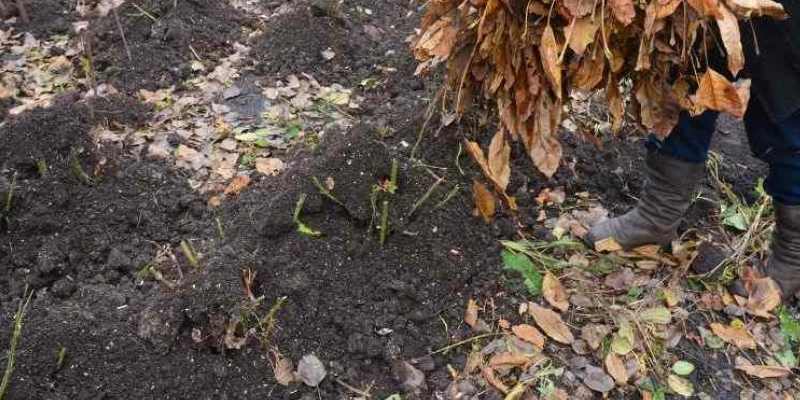Humidity is often the silent enemy of perennial plants. In environments where water stagnates, the roots can become prone to rot and various fungal diseases. Hilling is a horticultural technique that involves piling soil around the base of plants, thereby increasing drainage and reducing exposure to moisture. This method helps create a physical barrier that promotes radial drainage and prevents water accumulation at the roots. Here are our valuable tips for protecting a perennial from moisture through hilling!
When to mound a perennial to protect it from moisture?
The ideal time to mound your perennials depends on several factors, including the type of plant and weather conditions. In general, hilling is most effective in early spring or autumn, when rainfall is more frequent and temperatures begin to drop. If you live in an area where winter is harsh, you can hill perennials as early as September. The soil should neither be too dry to work nor too wet.

Why mounding a perennial?
Perennials return faithfully year after year, but some can be sensitive to excess moisture. To protect them from frost and bad weather, it can be helpful to hill them. Mounding serves to create a sort of mound around the base of the plant. This mound of soil promotes drainage and reduces exposure to excess water, which can be particularly useful in overly wet areas and in poorly draining soils. Additionally, it can also help protect the roots from extreme temperatures.
Which perennials should be mound?
Not all perennials need to be hilled. Plants such as the peonies, hydrangeas, dahlias, lavender, especially in regions where it is at the limit of its hardiness zone, as well as certain varieties of roses particularly benefit from hilling. In general, any perennial with roots sensitive to rot or planted in an area with poor drainage benefits from this technique.

How to mound a perennial to protect it from moisture?
- Start by removing all weeds and stones around the base of your perennial.
- Use a spade or shovel to lightly dig the soil about 10 to 20 cm from the base of the plant.
- Take compost or garden soil and pile it in the trench around the base to form a mound.
- Ensure the mound is high enough to encourage drainage but does not cover the plant's stems. The height of the hilling should be adapted to the size of the plant. For small perennials, a mound of 5 cm is sufficient. For large perennials, you can increase the height of the hilling up to 20 cm.
- Lightly compact the soil with your hands or the back of a shovel to keep it in place.
- Lightly water the mound to help set the soil.

































Comments